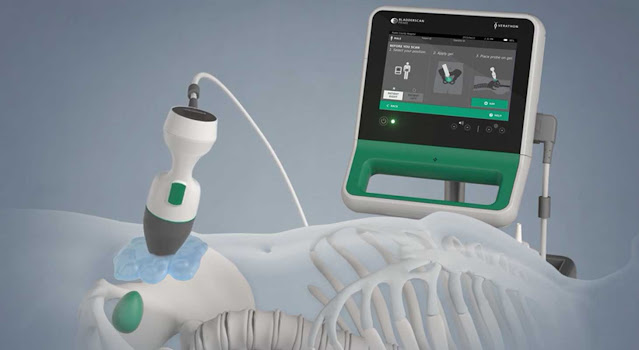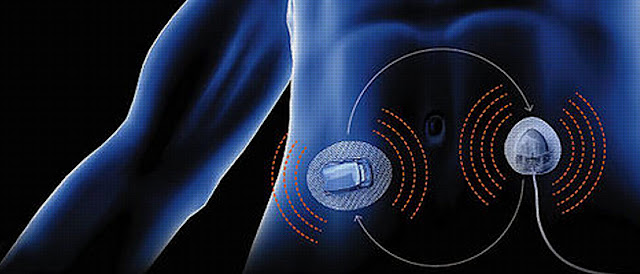Empowering Healthcare Professionals: Unleashing The Potential Of Portable Ultrasound Bladder Scanner
 |
| Portable Ultrasound Bladder Scanner |
Advancements in medical technology have revolutionized healthcare, empowering professionals to deliver better patient care. One such innovation is the compact and powerful tool that has transformed the way bladder conditions are diagnosed and managed. In this blog, we will explore the remarkable potential of portable ultrasound bladder scanners in empowering healthcare professionals.
According to
Coherent Market Insights Global Portable
Ultrasound Bladder Scanner Market is estimated to be valued at US$ 142.2 Mn in 2023 and
is expected to exhibit a CAGR of 6.3% during
the forecast period (2023-2030).
Portable ultrasound bladder scanners provide healthcare
professionals with real-time, non-invasive imaging of the urinary bladder. This
technology enables accurate and efficient assessment of bladder volume,
residual urine, and urinary flow rates. By eliminating the need for invasive
catheterization or other uncomfortable procedures, these scanners reduce
patient discomfort and the risk of associated complications. Moreover,
healthcare professionals can swiftly diagnose conditions such as urinary
retention, urinary tract infections, and bladder dysfunction, enabling timely
intervention and appropriate treatment plans.
The portability and ease of use of handheld ultrasound
bladder scanners significantly improve workflow and efficiency in healthcare
settings. These compact devices allow healthcare professionals to perform quick
and accurate bladder scans at the patient's bedside, eliminating the need for
unnecessary patient transfers to specialized imaging departments. With immediate
results available, healthcare providers can make prompt clinical decisions,
optimize resource allocation, and expedite patient care. This enhanced
efficiency translates into improved patient satisfaction and outcomes.
These scanners offer a cost-effective solution for healthcare
facilities. By reducing the reliance on expensive and time-consuming imaging
procedures, such as traditional ultrasound or fluoroscopy, these handheld
devices minimize healthcare expenditure while maintaining high diagnostic
accuracy. The portability and durability of these scanners further contribute
to their cost-effectiveness, as they require minimal maintenance and can be
used in various clinical settings.
The applications of these bladder scanners extend beyond
traditional healthcare facilities. These devices find utility in diverse
settings, including emergency departments, home healthcare, urology clinics,
and long-term care facilities. Healthcare professionals can easily incorporate portable
Ultrasound Bladder Scanner into
their practice, enabling comprehensive and efficient bladder assessment
wherever their services are required. This versatility expands access to
quality care and enhances patient outcomes across different healthcare environments.
They have emerged as invaluable tools in healthcare,
empowering professionals to deliver efficient and accurate bladder assessments.
With their enhanced diagnostic capabilities, improved workflow efficiency, cost-effectiveness,
and versatility, these devices are revolutionizing the way bladder conditions
are diagnosed and managed, ultimately improving patient care and outcomes in a
wide range of healthcare settings. With these handheld devices, healthcare
professionals can perform immediate bladder scans at the patient's bedside,
reducing waiting times and expediting diagnosis. The real-time imaging
capabilities facilitate quick decision-making, enabling timely interventions
and personalized treatment plans. This improved efficiency optimizes resource
allocation and patient flow, ultimately enhancing overall healthcare system
productivity.



Comments
Post a Comment